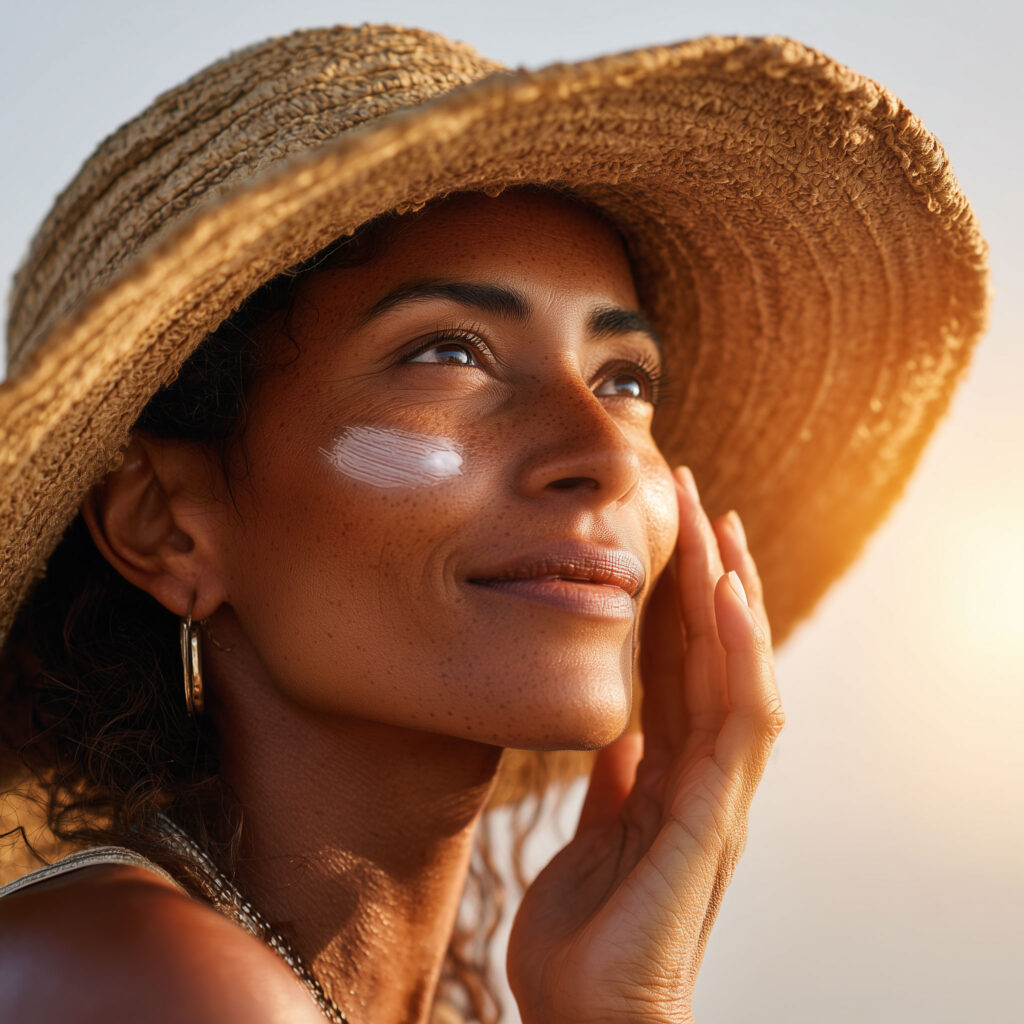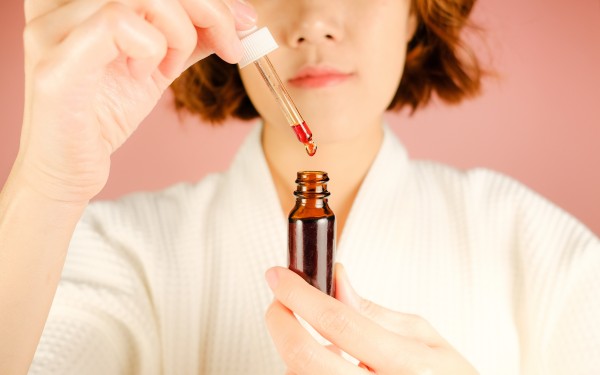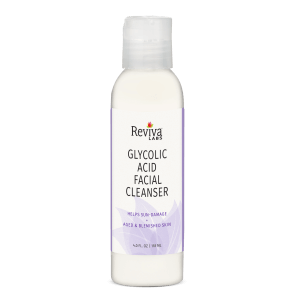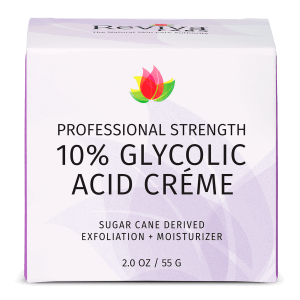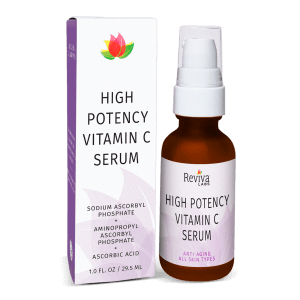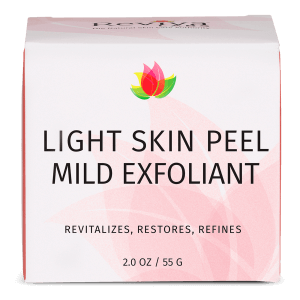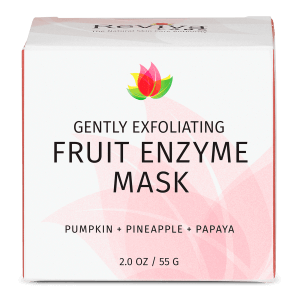Clean Beauty, Reviva Labs, Skin Care
How to Protect Your Skin from Sun Damage Without Compromising Your Routine
It takes only 15 minutes of unprotected sun exposure for UV rays to begin damaging your skin, according to the CDC. That’s all it takes to accelerate aging, trigger inflammation, and increase your risk of skin cancer. And while most of us know that sunscreen is important, many still skip it or apply it incorrectly. Sun protection is more than a seasonal concern. It’s a year-round strategy that impacts everything from skin clarity to collagen loss. Whether you’re dealing with daily sun exposure or recovering from years of accumulated damage, how you protect your skin today determines how it looks tomorrow.
Let’s explore the most effective ways to defend your skin from sun damage – inside and out – and how to build habits that preserve your skin’s health and appearance long term.
Why UV Exposure Changes Your Skin Permanently
Ultraviolet radiation – specifically UVA and UVB – penetrates the skin at different depths. UVB is responsible for visible burns, while UVA goes deeper, destroying collagen and accelerating signs of aging. Both can mutate skin cell DNA. Over time, that damage doesn’t just fade away. Instead, it accumulates, showing up as wrinkles, age spots, discoloration, rough texture, and loss of elasticity.
One of the most visible signs of this damage is solar lentigines, or sunspots, which become more common with age and repeated exposure. Another, more serious consequence is actinic keratosis – a precancerous rough patch that often arises from prolonged UV damage. In short, sun exposure isn’t just a cosmetic concern. It rewires your skin’s future.
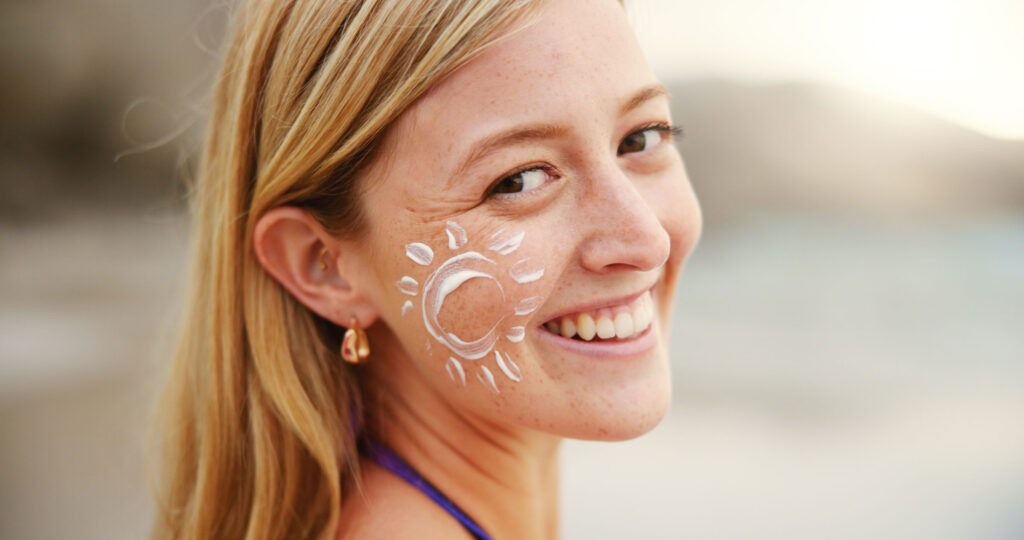
Daily Sunscreen: The Foundation of Sun Protection
If you only make one change to your routine, make it this: apply broad-spectrum sunscreen every single day. Broad-spectrum means it blocks both UVA and UVB rays. A minimum SPF 30 is recommended for daily use, but if you spend extended time outdoors, increase that to SPF 50.
What most people get wrong isn’t whether they wear sunscreen – it’s how they apply it. Most adults need a full teaspoon for the face and neck, and a shot-glass amount for the body. It should be reapplied every two hours or immediately after sweating or swimming. And yes, even on cloudy days, UV rays still reach your skin.
Look for a sunscreen with additional antioxidants, which can help neutralize free radicals generated by UV light. Ingredients like vitamin C, vitamin E, green tea, and resveratrol are especially helpful in amplifying your skin’s defenses.
When and How to Layer Protection for Maximum Benefit
Using SPF doesn’t mean giving up your skincare favorites. In fact, smart layering can enhance both protection and repair. After cleansing, apply any treatment serums – like niacinamide, vitamin C, or peptides – then follow with a moisturizer and SPF.
For example, Reviva’s Antioxidant Day Crème includes niacinamide, vitamin C, and resveratrol, offering both hydration and an antioxidant boost before sunscreen. Layering this type of product under SPF helps the skin repair oxidative damage while actively shielding against further exposure.
If you use exfoliants like glycolic acid, be especially diligent about SPF. Exfoliants increase cell turnover and can make skin more sensitive to sunlight. Reviva’s Glycolic Acid Cleanser and 10% Glycolic Acid Crème are excellent for refining texture and tone – but always follow with sunscreen during the day to avoid undoing their benefits.
Beyond Sunscreen: Physical Barriers Are Underrated Heroes
Sun protection goes beyond what’s in your bottle. Physical barriers are highly effective – and sometimes more reliable than sunscreen alone. Think wide-brimmed hats, UV-blocking sunglasses, long-sleeved lightweight clothing, and seeking shade between 10 AM and 4 PM when UV intensity peaks.
If you’re wearing makeup, look for formulas that include mineral SPF like zinc oxide or titanium dioxide. While they can’t replace sunscreen entirely, they offer a bonus layer of defense. Reapplication is key though – mineral powder sunscreens can be a convenient midday touch-up option without disrupting your makeup.
Antioxidants: Your Skin’s Second Line of Defense
While SPF prevents future damage, antioxidants help reverse or minimize existing damage by neutralizing free radicals that degrade collagen and elastin. Topical antioxidants like vitamin C, resveratrol, and niacinamide are especially beneficial for skin that has seen a lot of sun.
For example, Reviva’s Vitamin C Serum contains three forms of vitamin C to help restore brightness, firm skin, and support environmental protection. Pairing a potent antioxidant serum with SPF offers synergistic benefits – one blocks new damage, the other repairs the old.
Niacinamide, in particular, is shown to help repair DNA mutations caused by UV exposure. Reviva’s Nourishing Niacinamide Serum helps brighten and firm while managing inflammation, which is often triggered by sun damage.
Evening Recovery: Nighttime is for Repair
Your nighttime routine plays a vital role in skin recovery. After a day of sun exposure, ingredients like peptides, hyaluronic acid, retinoids, and bakuchiol can support skin regeneration. Hydrating well at night also helps restore the skin barrier, which is often compromised by heat and UV radiation.
Night creams like Reviva’s Collagen Night Crème or Elastin & DMAE Night Crème nourish while supporting elasticity and firmness. If your skin feels dry or tight after sun exposure, layer a hyaluronic acid serum under your night cream to help retain moisture and encourage repair.
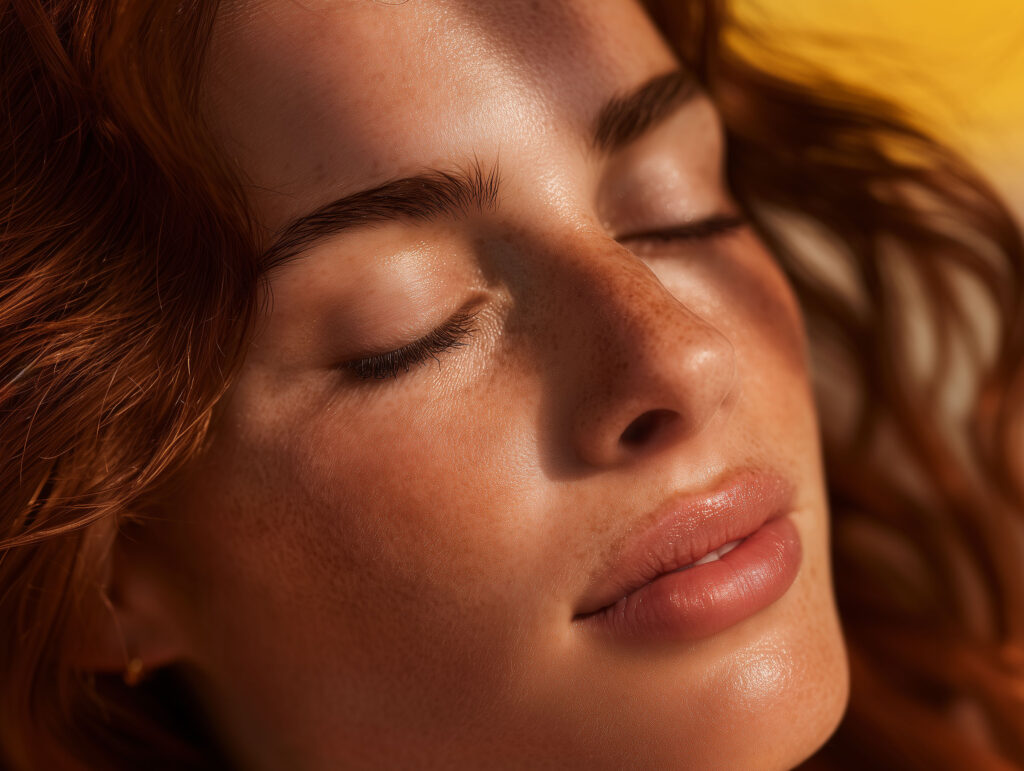
What About After-Sun Care?
Even with proper SPF use, sometimes your skin ends up pink, hot, or irritated. That’s when after-sun care becomes crucial. Cooling ingredients like aloe vera, chamomile, green tea, and calendula can calm the skin and reduce inflammation. Avoid harsh exfoliants or retinol for a few days after sun exposure and prioritize moisture.
Hydrating mists like rosewater sprays can feel refreshing and offer a small boost in soothing botanicals. Just be sure they don’t contain alcohol or fragrances that can irritate already stressed skin.
Common Questions About Sun Protection
One question that comes up often is whether darker skin tones need sunscreen. The answer is yes. While melanin does provide some natural protection, it’s not enough to prevent long-term damage or skin cancer. Hyperpigmentation also tends to be more persistent in deeper skin tones, making sun protection critical for maintaining an even complexion.
Another frequent question: does SPF in makeup count? It helps, but it’s rarely applied in thick enough layers to provide full protection. Treat it as a backup, not your primary shield.
People also ask if they need sunscreen indoors. If you’re near windows or spend a lot of time in front of screens, yes. UVA rays penetrate glass, and blue light from screens may contribute to oxidative stress.
How to Tell If Your Skin Is Already Damaged
Sun-damaged skin often shows up subtly at first. Look for uneven pigmentation, rough texture, dry patches, fine lines, and a dull appearance. Over time, you might notice deeper wrinkles, broken capillaries, or leathery texture – especially on the face, chest, and backs of the hands.
Using products with exfoliants like glycolic acid or enzyme masks a few times a week can help remove dull, damaged layers. Reviva’s Light Skin Peel or Fruit Enzyme Mask gently slough off dead cells to reveal smoother, more radiant skin beneath.
Building a Consistent, Realistic Sun Protection Routine
The key to lasting results is consistency. Keep sunscreen in visible areas – next to your toothbrush, on your desk, or in your bag – so you remember to use it. Invest in a formula you enjoy wearing; the best sunscreen is the one you’ll actually apply.
Apply antioxidant serums in the morning, sunscreen as the last step, and hydrating, repairing products at night. When in doubt, start simple: cleanse, moisturize, sunscreen. Then build from there.
You don’t need a ten-step routine to protect your skin. What matters most is daily commitment and small, smart choices that add up.
The Sun Protection Bottom Line
Sun protection is the most effective form of anti-aging skincare. It’s also your strongest defense against serious conditions like melanoma. But it doesn’t have to be complicated or clinical. With the right combination of sunscreen, antioxidants, physical protection, and nighttime recovery, you can slow the clock on your skin – without giving up the things you love.
Even if you’re already seeing signs of damage, it’s not too late. Start today and let your skin reflect the care you give it tomorrow and beyond.

